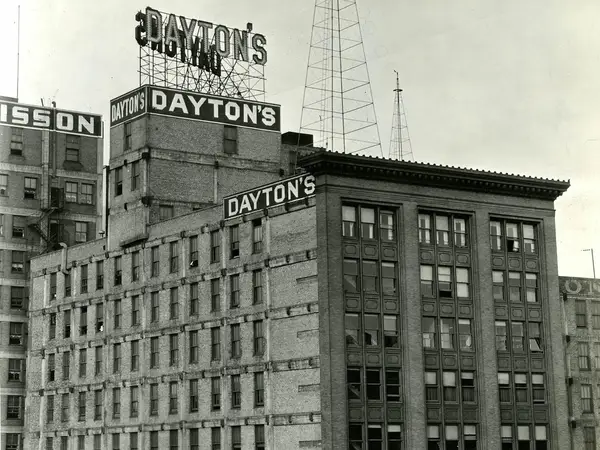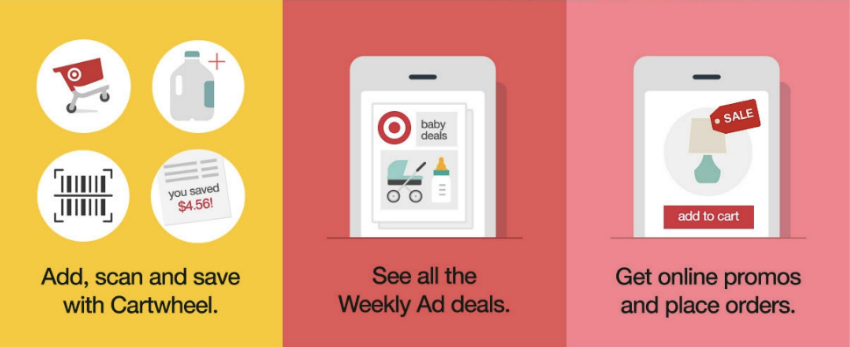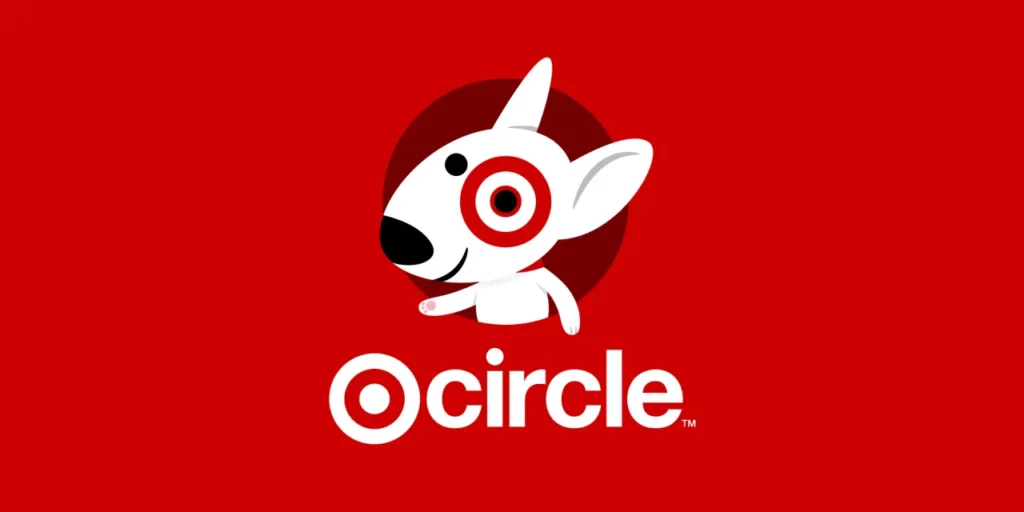Target, the American retail giant, didn’t start with its recognizable bullseye logo and bright red trolleys. It all began in 1902 as Goodfellow Dry Goods, a Minneapolis department store that happened to be for sale. George Draper Dayton, an astute businessman and philanthropist, bought it and launched Dayton Corporation. It would eventually become the beloved retailer Americans know today.
By 1946, the company was confidently expanding, acquiring department stores, jewelry businesses and book retailers. Dayton was also donating 5% of its pre-tax profits to the community.

In 1962, the first Target store opened. The idea was simple: offer quality design at affordable prices. The name wasn’t chosen at random. It was meant to suggest precision… hit the mark, meet the need, get it right.
Over the years, Dayton Corporation grew to include Hudson’s, Marshall Field’s, Mervyn’s and other known names. But in 2000, they changed the company name to Target Corporation and doubled down on what was working. By 2004, the other department stores were all sold off.

While most retailers were busy launching points-based programs tied to credit cards and delaying rewards, Target intentionally took a different route. No points. No tiers. No waiting. Just value. Immediately.
For instance, Macy’s launched Star Rewards in 2001, offering points per dollar spent and issuing rewards after reaching spending thresholds. Others, such as Sears, Dillard’s, Kroger and Kohl’s, adopted similar models where points were accumulated and redeemed later.
That same focus would later shape how Target approached loyalty. And here’s where it gets interesting.
These programs were designed to encourage repeat visits and reduce switching, but they delayed the moment customers actually got rewarded.
The first decade of the 2000s was a difficult one. In that context, delaying rewards made sense. It deferred the cost of giving them. But Target shifted toward consumer expectations and real needs. No hoops. Value right at the checkout. Hitting the mark.
In 2006, Target introduced REDcard, offering 5% off every purchase, free shipping, and extended returns. The debit option, unusual at the time, allowed shoppers to link directly to their bank accounts. This way, Target could bypass traditional card networks, reduce processing fees, and pass savings to customers. It also gave the company access to individual shopping data for the first time. REDcard was ahead of its time, merging payments, loyalty, and value.
Then in 2013 came Cartwheel, a promotions app where customers could browse, choose and redeem deals by scanning a single barcode at checkout. Other retailers were experimenting with loyalty apps, but Cartwheel was the first to bring real-time savings directly to customers. A touch of gamification, but nothing too gimmicky. Just offers they could actually use.

Cartwheel took off quickly, with around 40 million downloads and over $1 billion in customer savings. In 2017, Target folded it into its main app, keeping the functionality while streamlining the experience.
Target also began building Guest IDs linked to phone numbers and emails. It wasn’t flashy technology, but it enabled personalization, targeting, and stronger data collection. Quiet foundations for bigger things.
In 2019, after 18 months of testing, the company launched the loyalty program we now know as Target Circle. It was shaped by everything that came before it. It was free to join. Members earned 1 percent back on eligible purchases, along with personalized offers, birthday rewards, and the ability to vote on where Target donated funds in their local community.
Within a year, Target Circle had 80 million members and had delivered over $2 billion dollars in savings.
Then in 2024, Target Circle 360 was introduced. It was a premium extension of Target Circle, following other paid retail memberships like Amazon Prime and Walmart Plus. Members received unlimited same-day delivery, free two-day shipping, extended returns, and partner perks. The free version of Target Circle did not lose value. It remained open and strong. Target Circle 360 simply added more for those seeking even greater convenience.

Now, as someone who spends most days helping brands design, launch and monetize their loyalty programs, I have to say… Target’s approach earns respect.
Three reasons:
First, the program aligns perfectly with the brand.
When the company opened its first discount store in 1962, it deliberately chose the name Target to evoke the idea of hitting the mark. That concept has endured over the decades. The loyalty program, with its immediate and personalized benefits, reflects that same intent. It is not about accumulating points or navigating redemption thresholds. It is about delivering the right value to the right customer at the right time. The program does not feel separate. It feels like a direct extension of the brand promise.
Second, its evolution has been thoughtful and strategic.
Target has never rushed. Each phase of loyalty has arrived with purpose. From REDcard’s simple savings and data capture, to Cartwheel’s gamified mobile offers, to Target Circle’s personalized rewards, the path has consistently aimed to deliver instant value. The program embraces digital tools not for novelty, but to make things easier and more relevant.
Third, it recognizes that some guests want more and are willing to pay for it.
Target understands that certain customers are happy to invest in greater convenience and exclusivity. Yet it has not compromised the strength of the free program. Target Circle remains inclusive and true to the brand’s promise, while Target Circle 360 delivers added value for those seeking a more premium experience.
And remarkably, the company still gives five percent back to the community, just as George Draper Dayton did in 1946.

